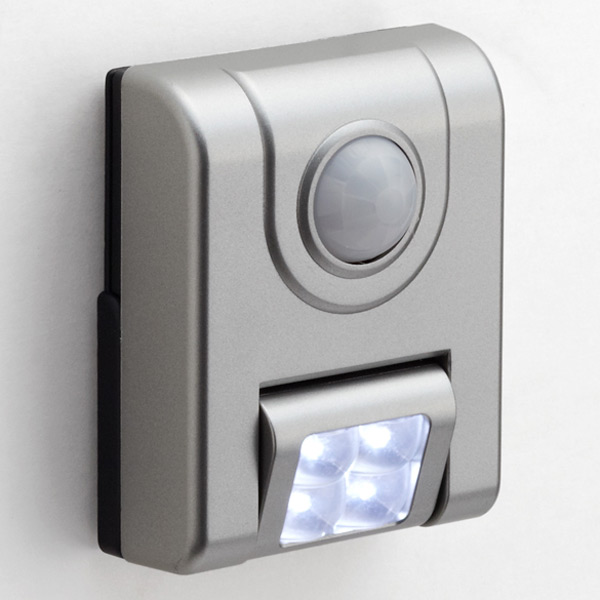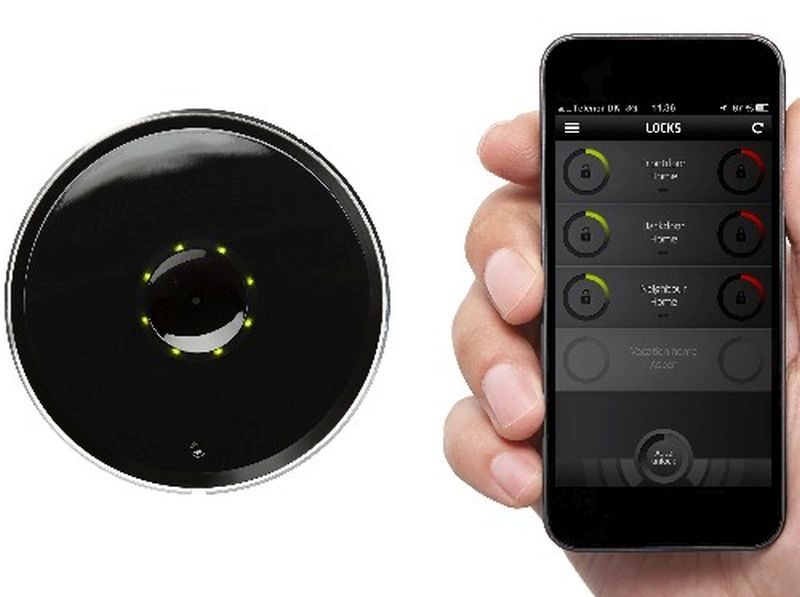Smart home technology is making our loved ones and us safer than how we used to be a decade ago. Home security advancements include accessibility via smartphone or tablet, making it easy to automate many routine tasks like locking the doors after driving out of the garage on the way to work in the morning.
However, these smart devices are more than just interesting tech toys. They provide a wide range of benefits. For instance, an elderly person can stay in their home longer because their adult children can see more of their parent’s activity around the house remotely through streaming camera footage if they were in the house itself and their parent was in another part of it. If anything unusual happens, say the carbon monoxide detectors go off, a monitored system provides immediate help from an alert team of security personnel.
Assisting the Elderly Living Alone

Here are 3 examples of what’s now possible with home automation:
- Security Systems: Security systems include web-connected monitoring cameras and motion sensors. A caretaker will be alerted if a door is left open or if someone has entered the house.
- Proper Lighting: One of the most common injuries experience by the elderly are falls because they can’t see where they were going. Many times these falls result in hip fractures. However, these falls could have been prevented if the elderly person had been able to get proper lighting. During the evening, an elderly person may have fallen asleep in a chair and woken up to find the house dark. Perhaps, too, they woke up in the middle of the night to go to the bathroom but could not find a lamp or wall light switch.
Now through voice-controlled lighting, an elderly person doesn’t have to fumble for a light switch to light up the room so that they can see where they are going. In addition to accessing light switches when it gets dark, sometimes seniors simply need brighter light to see what they are doing—like sewing or reading. Through voice control, they can increase the intensity of the light
- IFTTT Programming: A home automation system can be programmed to do specific things required by a householder based on either time or event.
Here are some instances where “If this, then that” programs can be useful:
- An elderly person with dementia wanders out of the house when everyone else is asleep. Door sensors set to register an unlocked door from 10 pm to 6 am will immediately send an alert to a caretaker’s smartphone waking them up.
- Heating and cooling systems can be pre-programmed for different times of the day.
- Security lights can be turned on during specific times in the evening or during specific times in the early morning.
- If an elderly person can’t hear, a program can make the house lights blink when someone rings the doorbell. Furthermore, a video camera can show them who is at the front door so that they don’t have to take the risk of opening the door to strangers.
Keeping Young Children Safe
Here are some features that keep children safe when they are home alone or in a different part of the house from other family members:

- Remote Locks: Instead of children losing keys, locks can be programmed remotely.
Here are some examples when it’s highly useful to safeguard the doors:
- When a child gets dropped off by the school bus, they can enter the house using a code. At the same time, parents can be sent a text that their child has come home.
- A temporary code can be used to let a babysitter enter the house. However, by the time the sitter leaves, the code will expire so that they can’t get back into the house.
- If a child forgets to lock the door behind them when they leave the house for school, an alert is sent to a caretaker’s smartphone, and they can then lock the door remotely.
- Security cameras: When parents leave the house for a business trip, they used to be worried that their teenage children would invite all their friends over and have a wild party. With security cameras, a parent can remotely view the house whenever they want even if they are in a different state.
Many More Features
These are just a few examples of what’s possible with home automation. There are many more fascinating features to keep elderly parents or kids safe at home. For instance, door sensors can prevent seniors or children getting into the medicine cabinet, or a panic button can alert local authorities about a smoke detectors or carbon monoxide detectors going off. In the future, even more advancements will be possible.
Article Submitted By Community Writer




